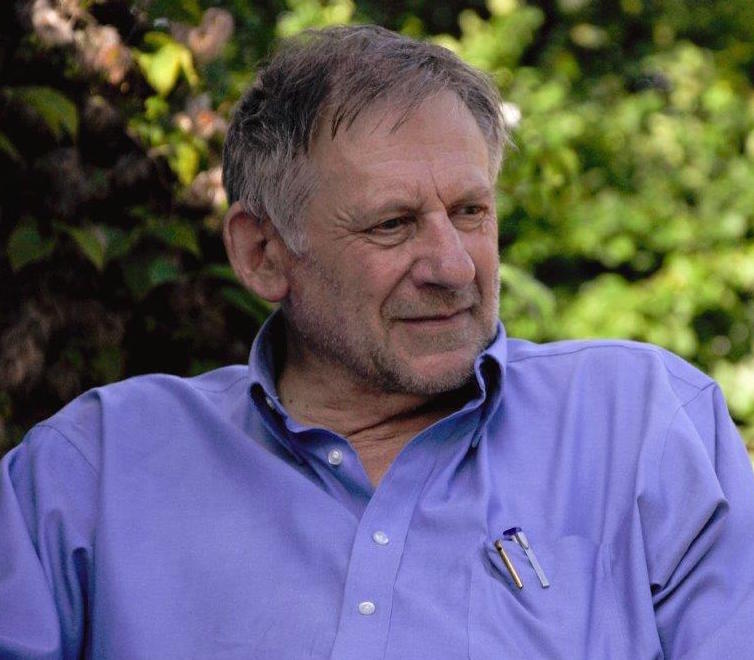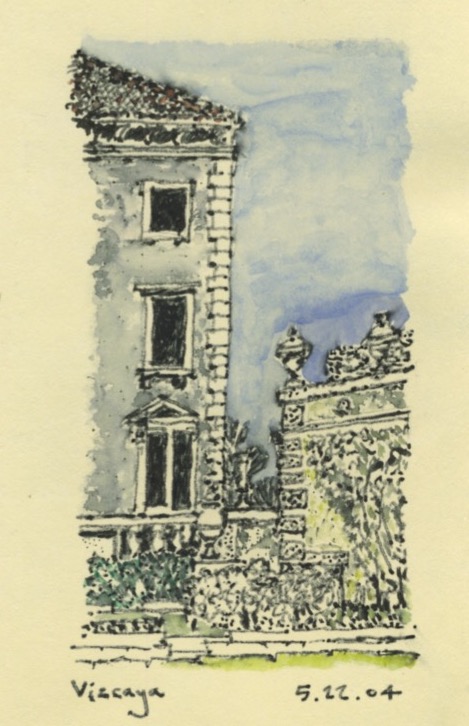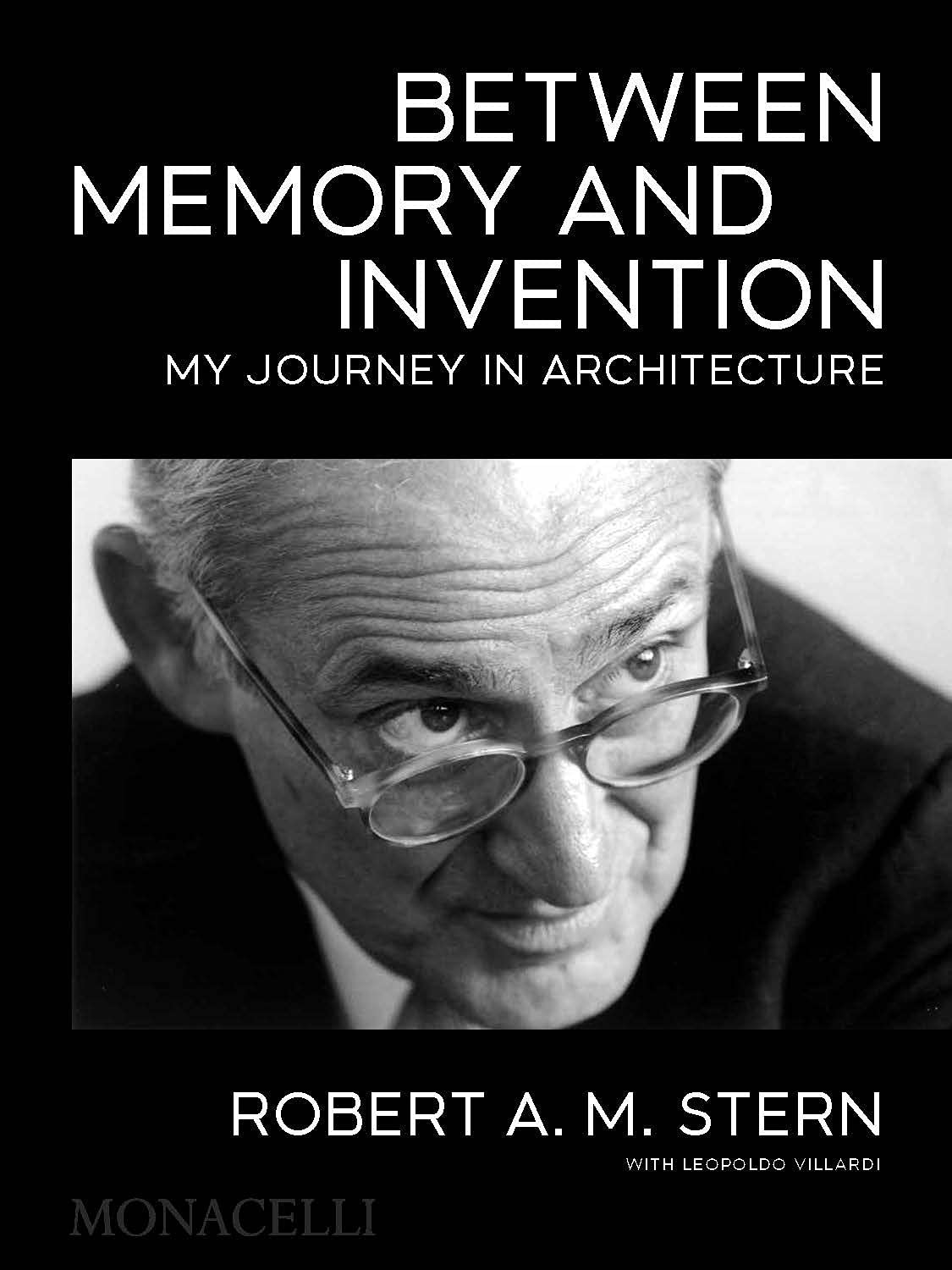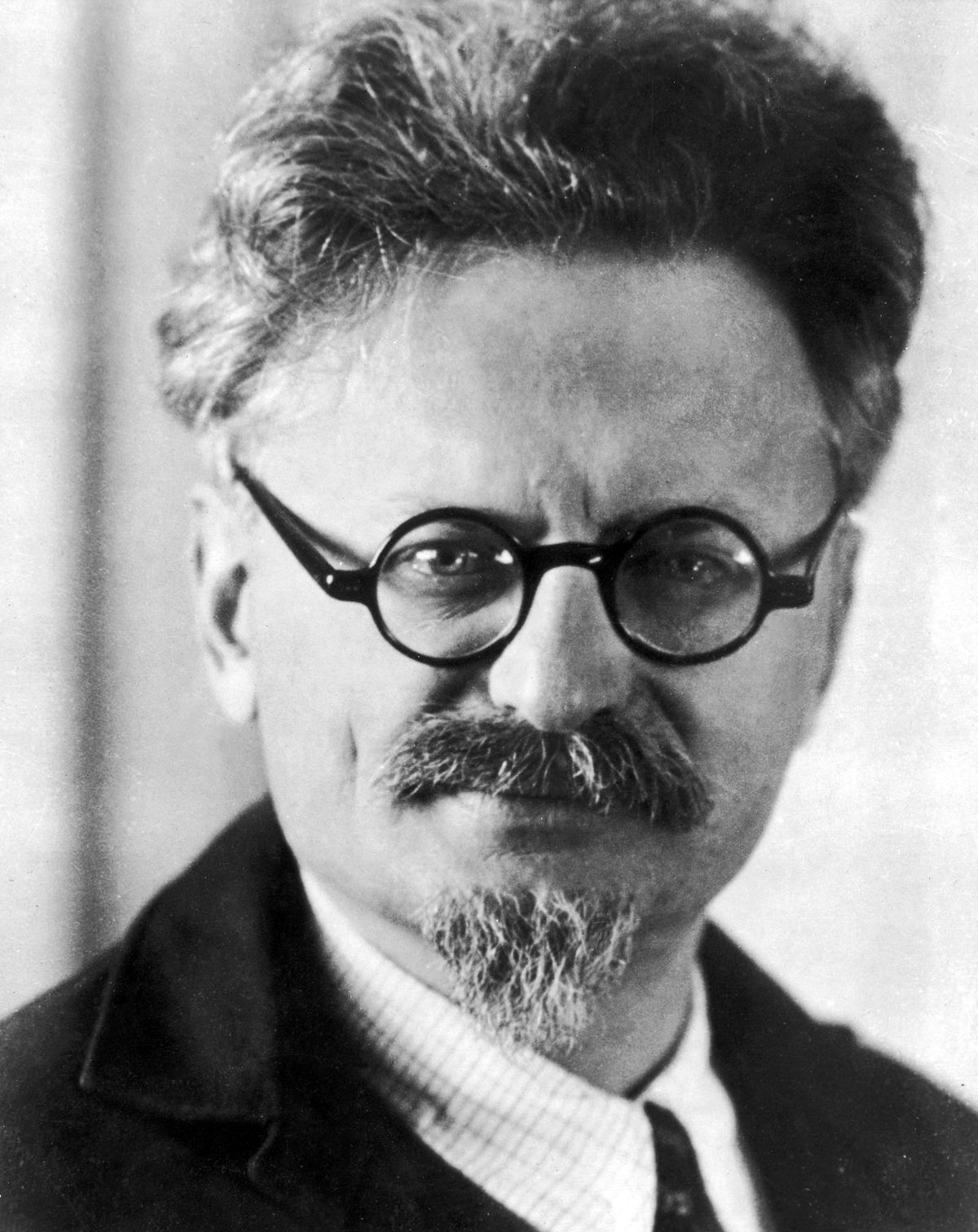MOYNIHAN HALL, CONT’D.
A little more about the question of style. Style is not about what you say but how you say it, not about content but delivery. The impersonal announcements of voicemail, or of a public address system, are almost pure content, there is very little delivery beyond a certain functional brevity. But an actual person speaking includes variable emphasis of tone and volume, facial expressions, hand gestures, asides, jokes, and so on. The effect can be conversational or stentorian, formal or informal, intimate or cold, depending on the style. That is why the word was originally used in the context of rhetoric.








